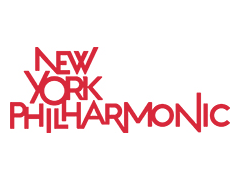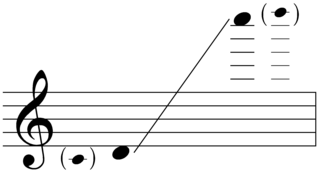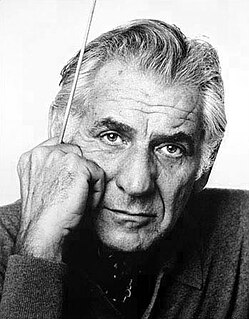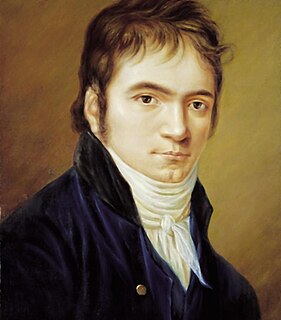
Ludwig van Beethoven's Symphony No. 1 in C major, Op. 21, was dedicated to Baron Gottfried van Swieten, an early patron of the composer. The piece was published in 1801 by Hoffmeister & Kühnel of Leipzig. It is not known exactly when Beethoven finished writing this work, but sketches of the finale were found to be from 1795.

Asger Hamerik (Hammerich), was a Danish composer of classical music.
The Second Symphony was written by Charles Ives between 1897 and 1902. It consists of five movements and lasts approximately 40 minutes.
The Symphony No. 6 by Arnold Bax was completed on February 10, 1935. The symphony is dedicated to Sir Adrian Boult. It is, according to David Parlett, "[Bax's] own favourite and widely regarded as his greatest ... powerful and tightly controlled".
Franz Schubert's Symphony No. 4 in C minor, D 417, called by its composer the Tragic, was completed in April 1816, a year after his Third Symphony, when he was 19 years old. It was not premiered publicly, however, until November 19, 1849, in Leipzig, more than two decades after Schubert's death.
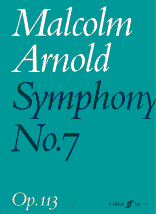
The Symphony No. 7, Op. 113 by Malcolm Arnold was finished in 1973. It is in three movements:
- Allegro energico (Katherine)
- Andante con moto-molto vivace-lento (Robert)
- Allegro - Allegretto - Allegro - Allegretto - Allegro (Edward)
Rustic Wedding Symphony, Op. 26 is a symphony in E flat major by Karl Goldmark, written in 1875, a year before his renowned Violin Concerto No. 1. The symphony was premiered in Vienna on 5 March 1876, conducted by Hans Richter. Johannes Brahms, who was a frequent walking companion of Goldmark's, and whose own Symphony No. 1 was not premiered until November 1876, told him "That is the best thing you have done; clear-cut and faultless, it sprang into being a finished thing, like Minerva from the head of Jupiter". Its first American performance was at a New York Philharmonic Society concert, conducted by Theodore Thomas on 13 January 1877.
Harold Shapero completed the Symphony for Classical Orchestra in B-flat major on March 10, 1947, in Newton Centre, Massachusetts. It is written for an orchestra consisting of piccolo, 2 flutes, 2 oboes, 2 clarinets in B-flat, 2 bassoons, contrabassoon, 2 horns in F, 2 trumpets in C, 2 tenor trombones and one bass, timpani and strings. Although labelled "Classical," many of the work's features point to Beethoven rather than Haydn or Mozart, such as "the way in which Shapero paces himself, alternating long passages in the tonic and the dominant, with fast, dramatic modulations often reserved for transitions and developments." Nicolas Slonimsky remarked on how the piece is "premeditatedly cast in the proclamatory key of B-flat major, the natural tonality of the bugle, and ending in a display of tonic major triads." But there are modern features as well, with "the work's orchestration, in general, ... distinctively bright and brassy, and undoubtedly derived a fair amount from Piston and Copland, as well as from the composer's experience as a dance band arranger."
Felix Mendelssohn wrote twelve string symphonies between 1821 and 1823, when he was between 12 and 14 years old. For his mature symphonies, see here.
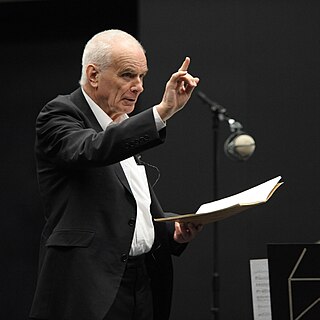
The Symphony No. 2 by Peter Maxwell Davies was commissioned by the Boston Symphony Orchestra in celebration of its centenary, and was composed in 1980. Seiji Ozawa conducted the world premiere with the BSO on 26 February 1981 at Symphony Hall, Boston.
Symphony No. 50, Op. 360, Mount St. Helens is a three-movement orchestral composition by the American composer Alan Hovhaness. The symphony was commissioned by former Hovhaness publisher C.F. Peters and was completed January 24, 1982. It premiered March 2, 1984, and was performed by the San Jose Symphony under conductor George Cleve. The piece commemorates the volcano Mount St. Helens, culminating in the events of its 1980 eruption, which Hovhaness had witnessed from his Seattle home.
The Symphony No. 22, Op. 236, City of Light is a four-movement symphony for orchestra by the American composer Alan Hovhaness. The work was commissioned by the Birmingham Symphony Orchestra for the centennial of Birmingham, Alabama and was completed in 1970. The work has been recorded multiple times and remains one of Hovhaness's more popular compositions.
The Symphony No. 66, Op. 428, Hymn to Glacier Peak is an orchestral composition in three movements and the penultimate symphony by the American composer Alan Hovhaness. The work was commissioned by the Seattle Youth Symphony Orchestra and was completed in 1992, shortly before its premiere by the Seattle Youth Symphony, conducted by Ruben Gurevich, at the Seattle Opera House on May 10, 1992. The title of the work comes from the stratovolcano Glacier Peak in the Cascade Range, visible from Hovhaness's home in Seattle, Washington.
The Concerto for Orchestra is an orchestral composition in five movements by the American composer Jennifer Higdon. The work was commissioned by the Philadelphia Orchestra with contributions from the National Endowment for the Arts, the Philadelphia Music Project, and Peter Benoliel. It was premiered at the Kimmel Center for the Performing Arts in Philadelphia June 12, 2002, with conductor Wolfgang Sawallisch leading the Philadelphia Orchestra.
Variations for Orchestra is an orchestral composition by the American composer Elliott Carter. The work was commissioned by the Louisville Orchestra and was composed in 1955, based on the composer's sketches from 1953 and 1954. It was given its premiere on April 21, 1956, by the Louisville Orchestra under the conductor Robert Whitney, both to whom the work is dedicated.
The Concerto for Piano and Orchestra is a piano concerto by the American composer John Corigliano. The work was commissioned by the San Antonio Symphony and was first performed on April 7, 1968 by the pianist Hilde Somer and the San Antonio Symphony under the direction of Victor Alessandro. The piece is dedicated to John Atkins.
The Concerto for Viola and Orchestra is a viola concerto by the American composer John Harbison. The work was commissioned by the Saint Paul Chamber Orchestra, the Los Angeles Chamber Orchestra, and the New Jersey Symphony Orchestra with contributions from Meet The Composer and Reader's Digest. It was first performed by Jaime Laredo and the New Jersey Symphony Orchestra under the direction of Hugh Wolff on May 18, 1990.
The Cello Concerto is a concerto for solo cello and orchestra by the American composer Ned Rorem. The work was commissioned by the Residentie Orchestra and the Kansas City Symphony for the cellist David Geringas. Its world premiere was given by Geringas and the Kansas City Symphony under the direction of Michael Stern on March 28, 2003.
The Concerto for Viola and Orchetra is a musical composition for viola and orchestra by the American composer Walter Piston. The work was written in 1957 for the violist Joseph de Pasquale, who first performed the piece with the Boston Symphony Orchestra on March 7, 1958.

